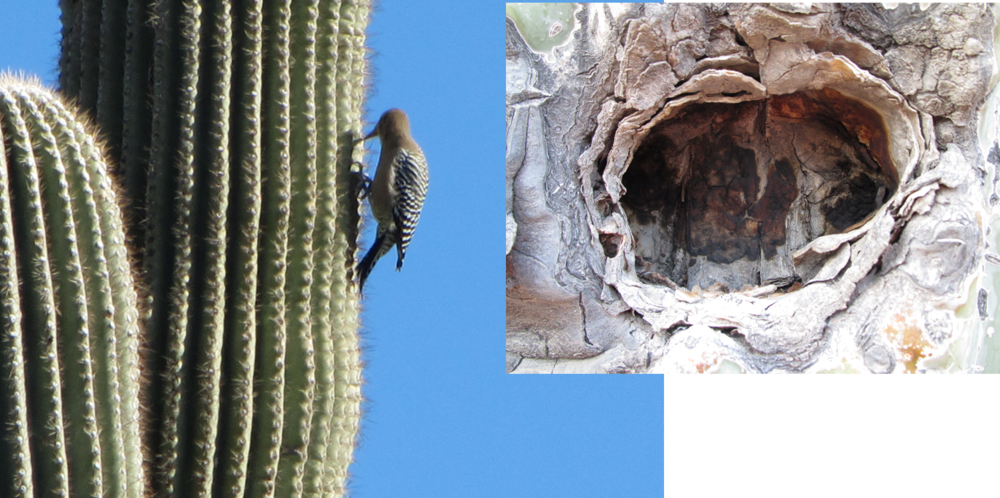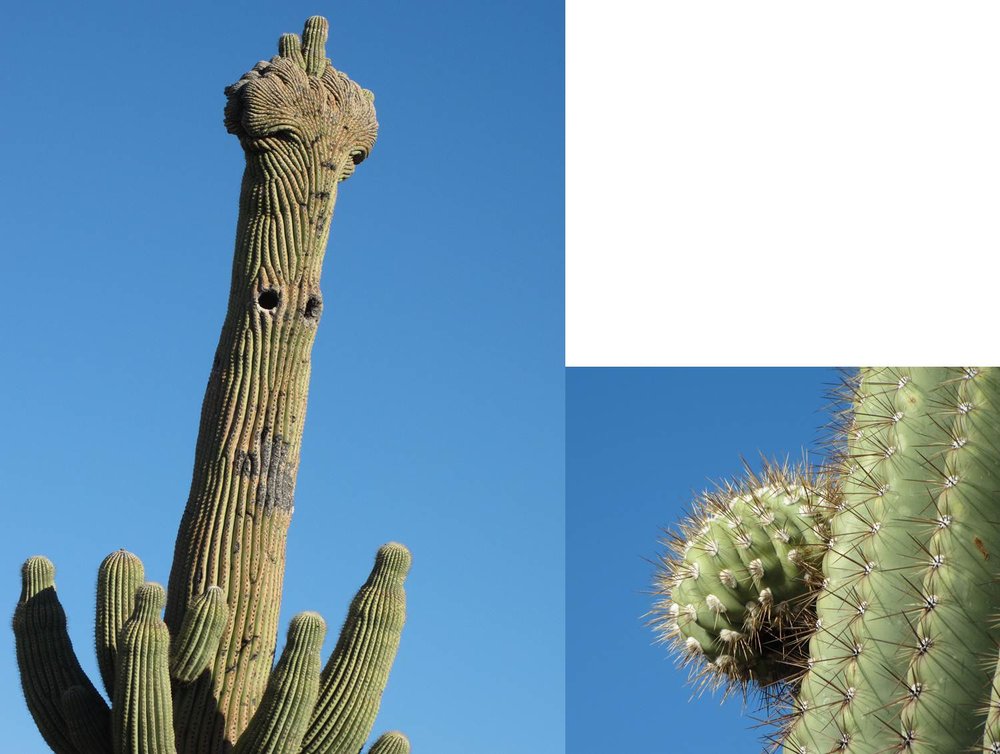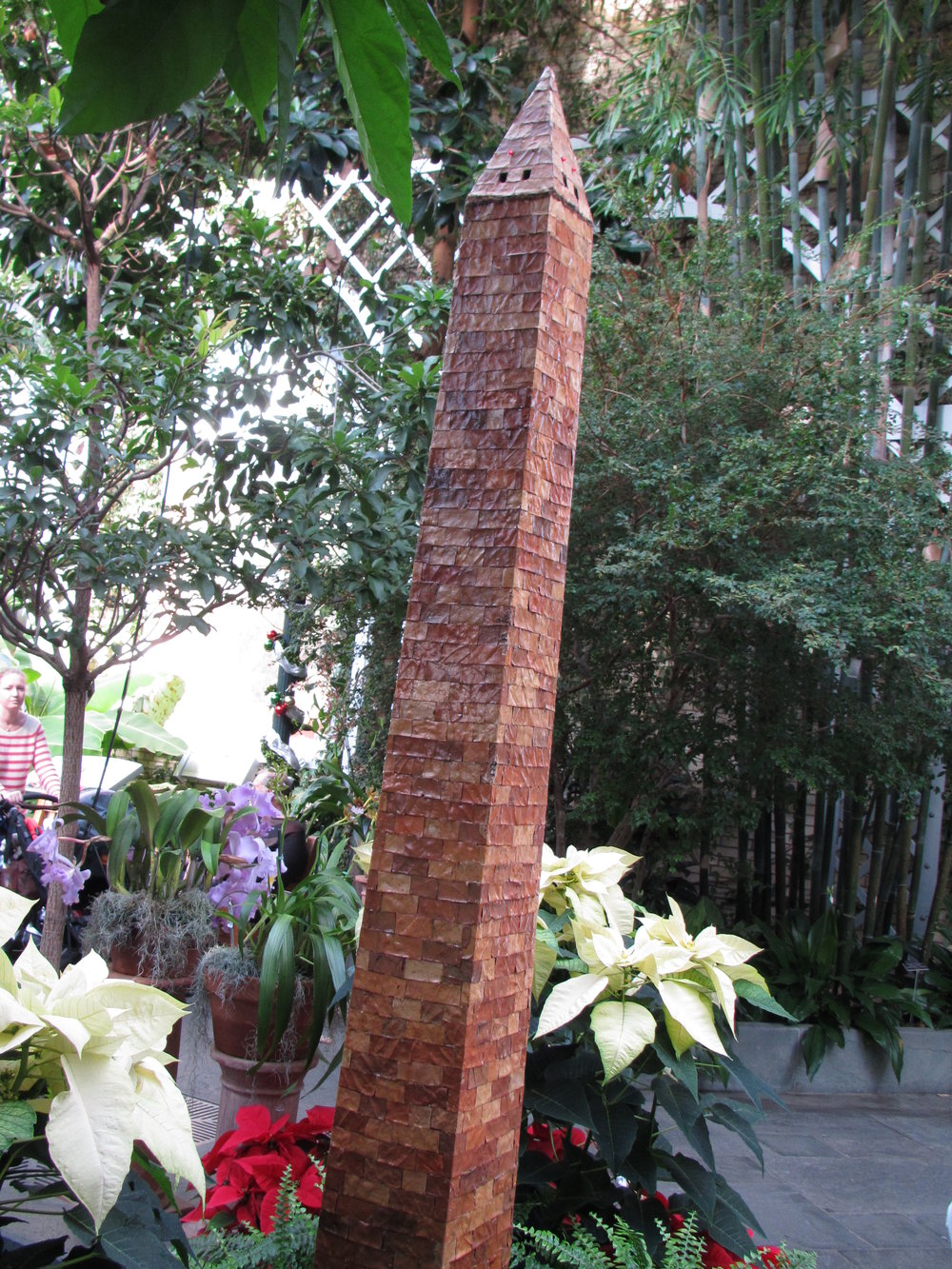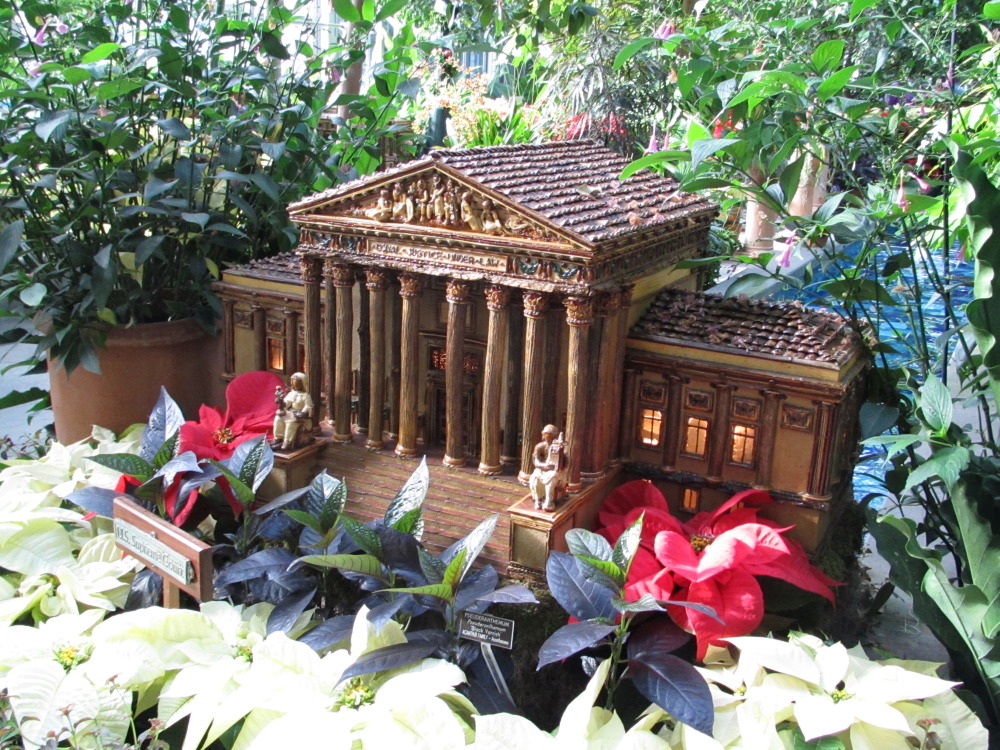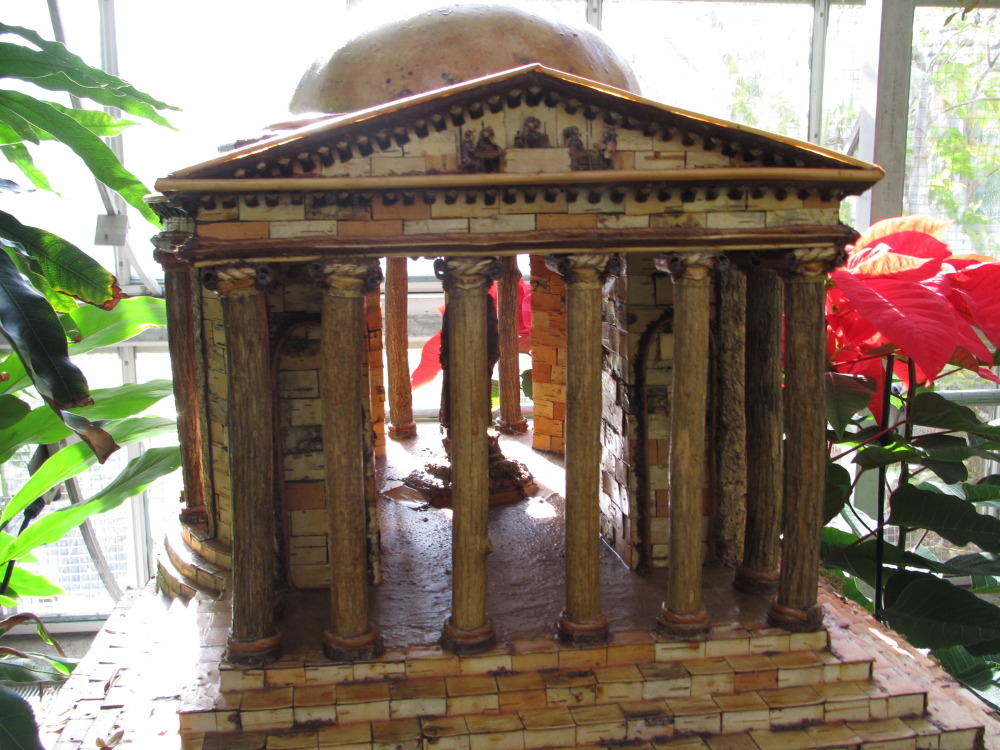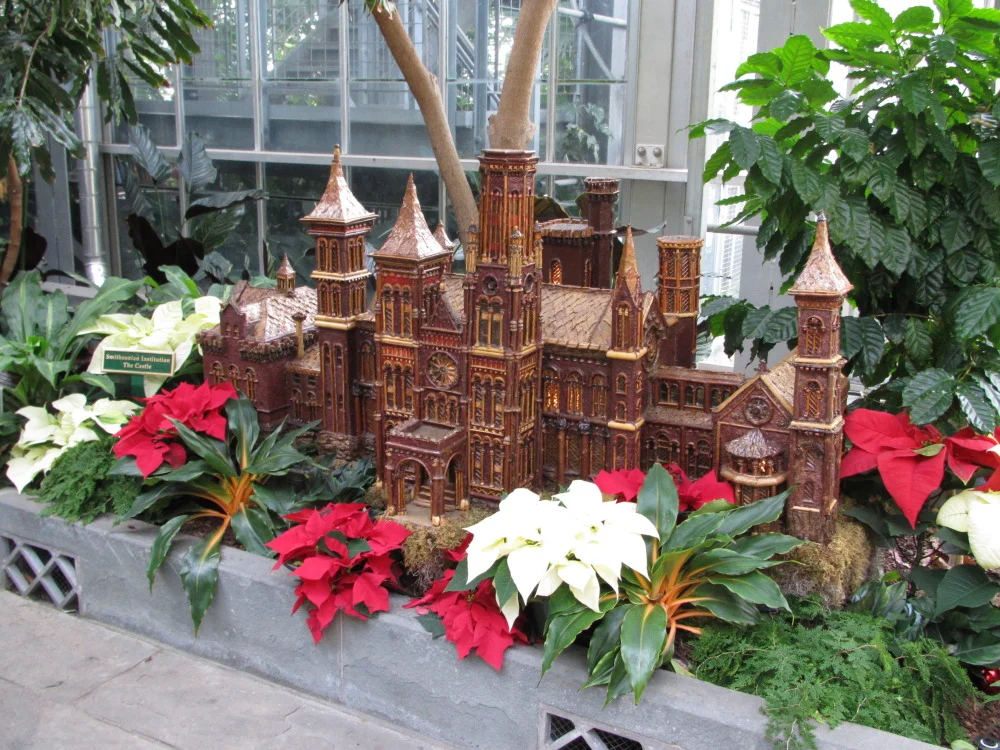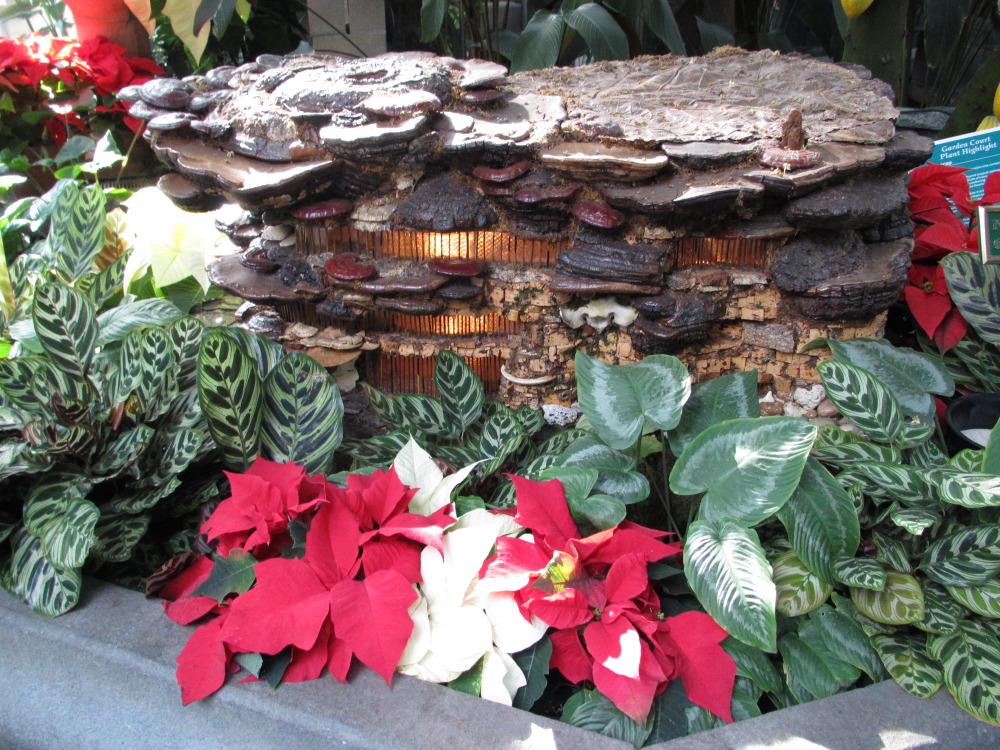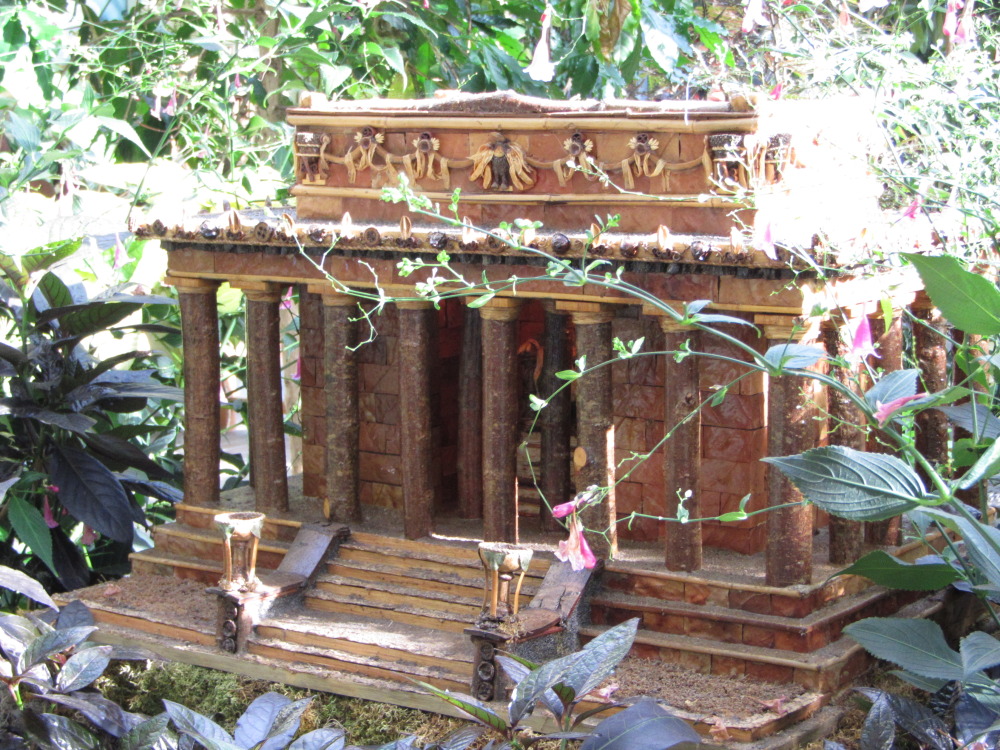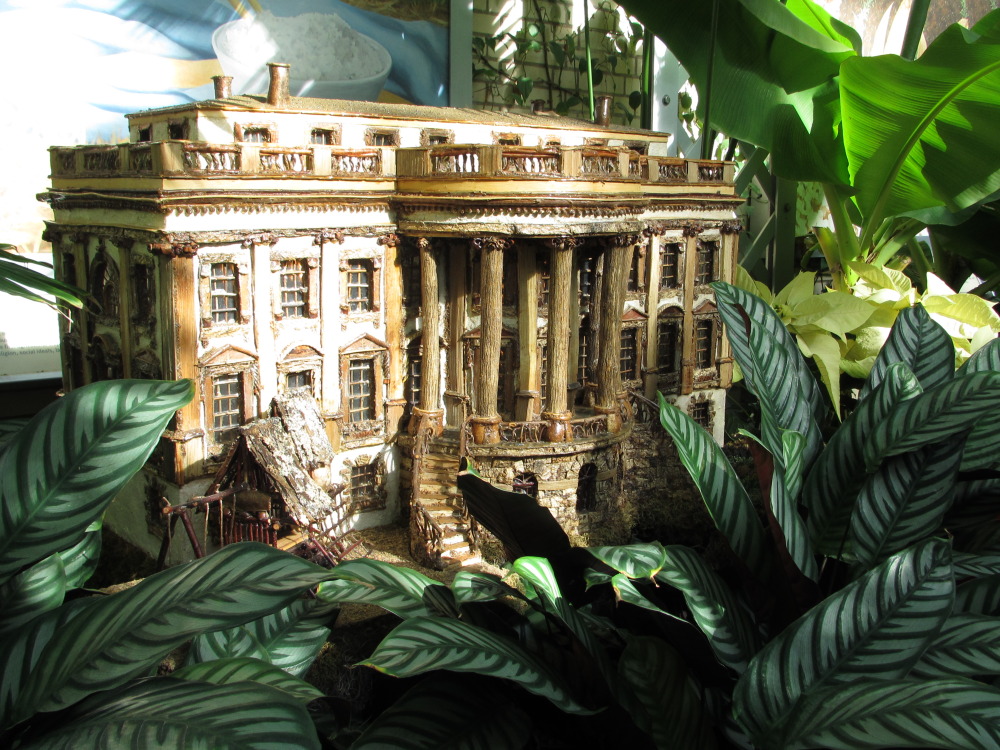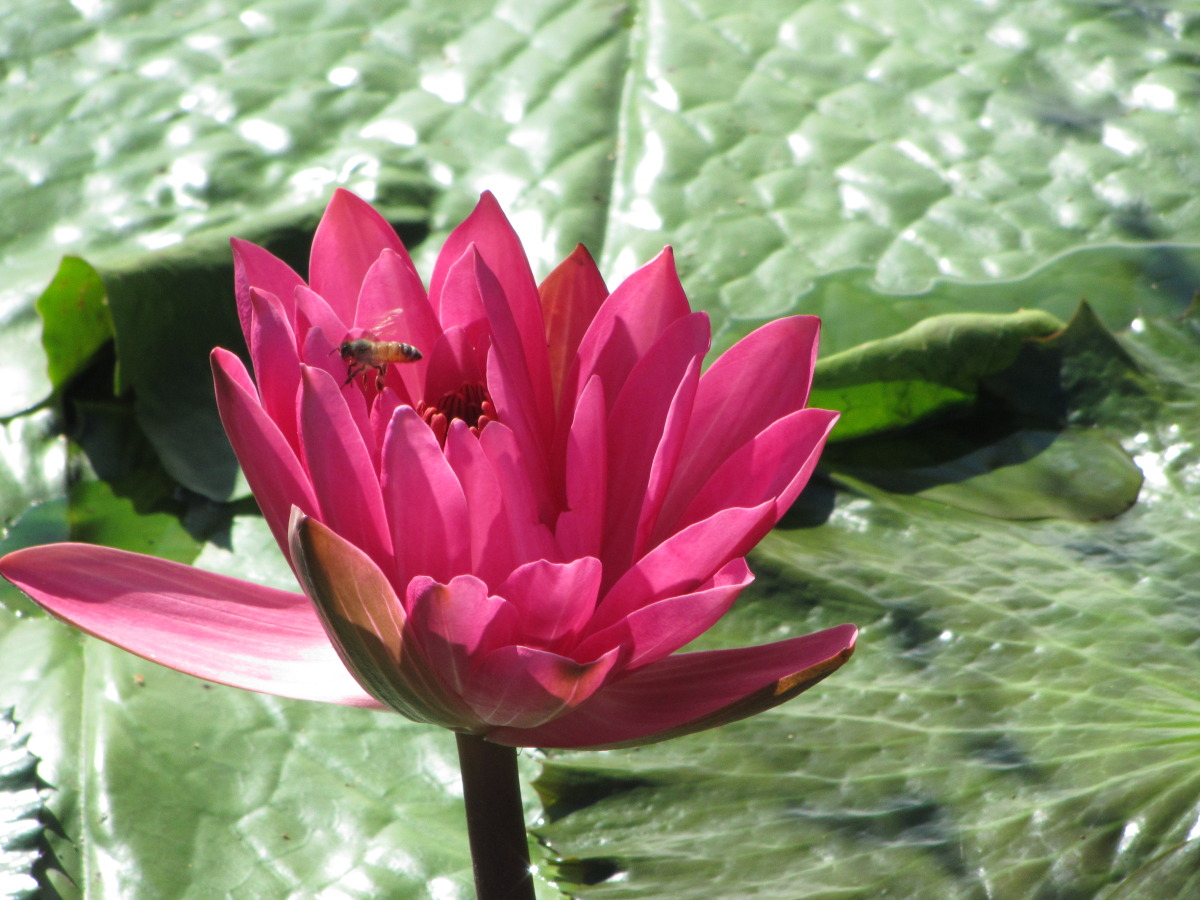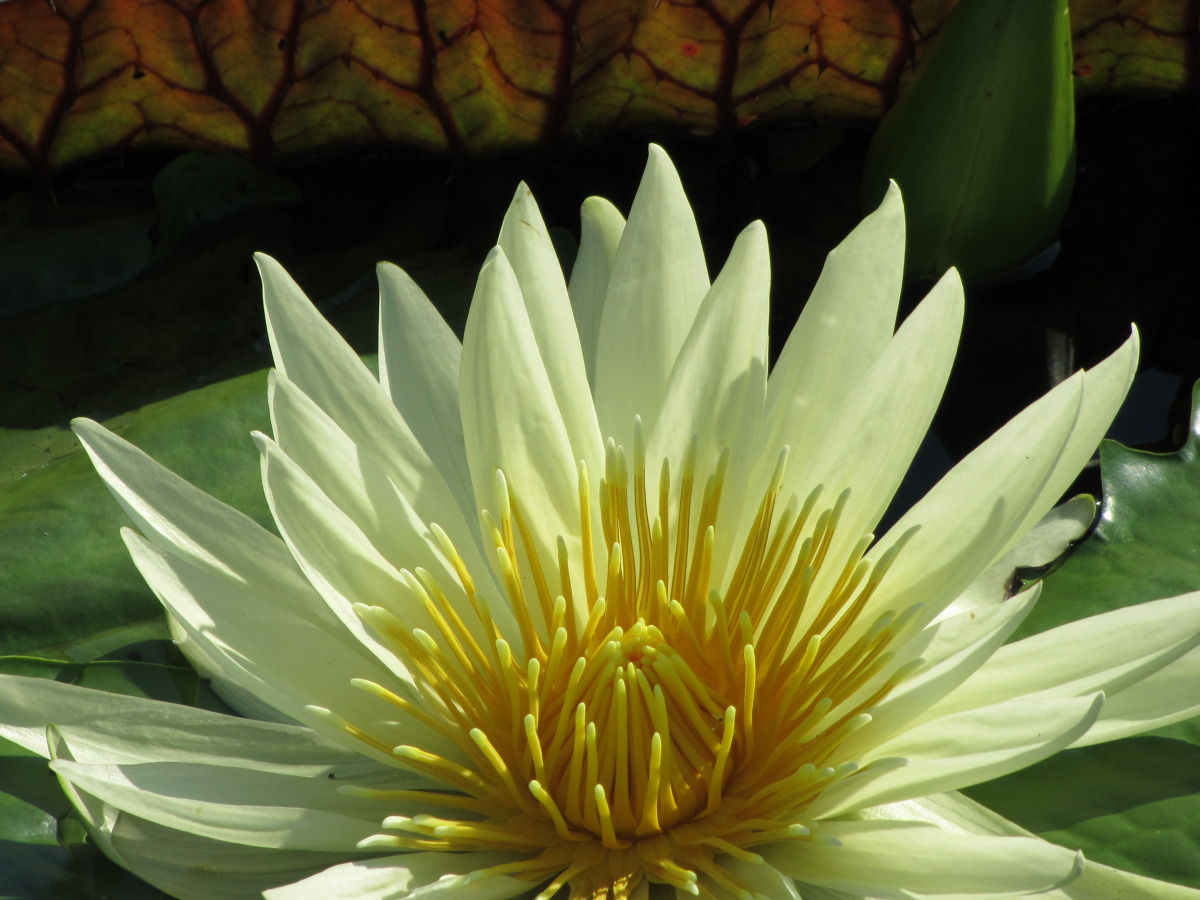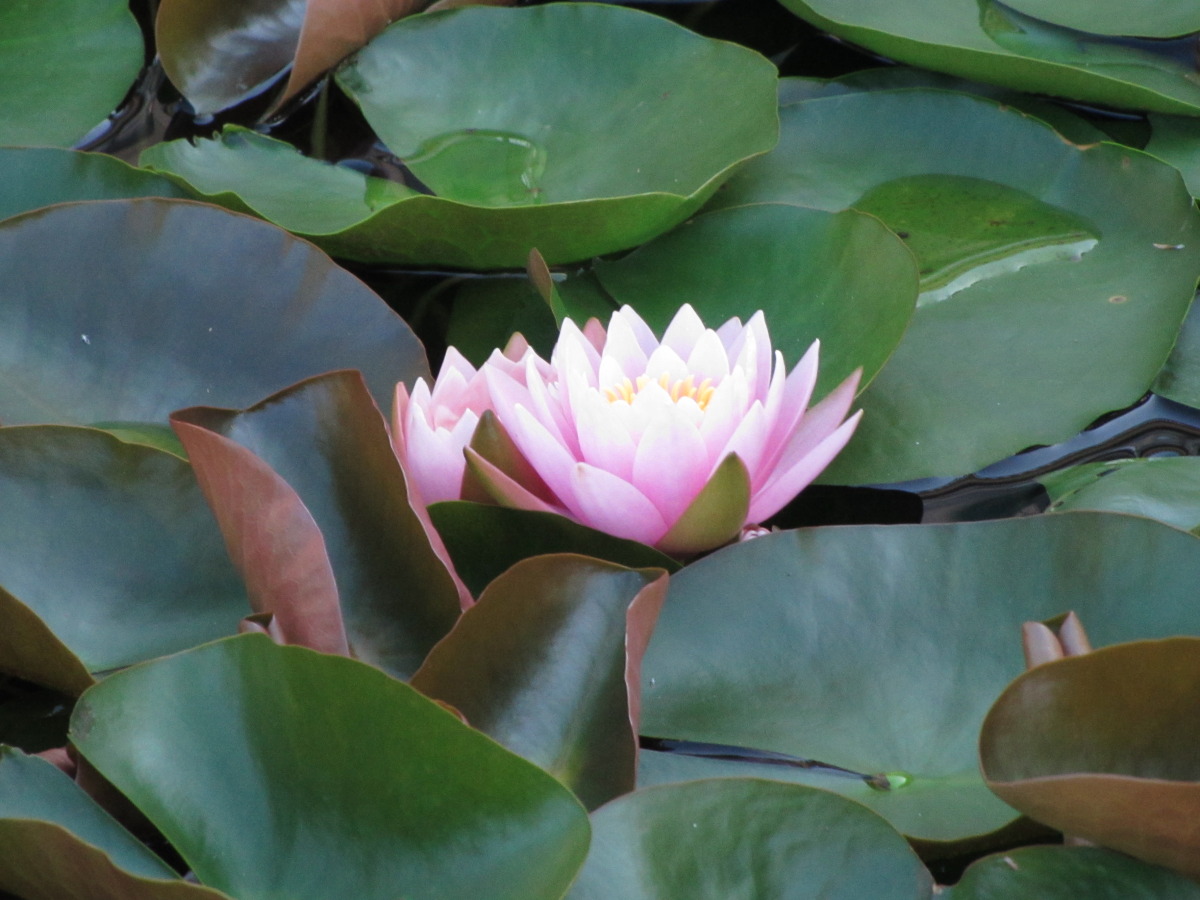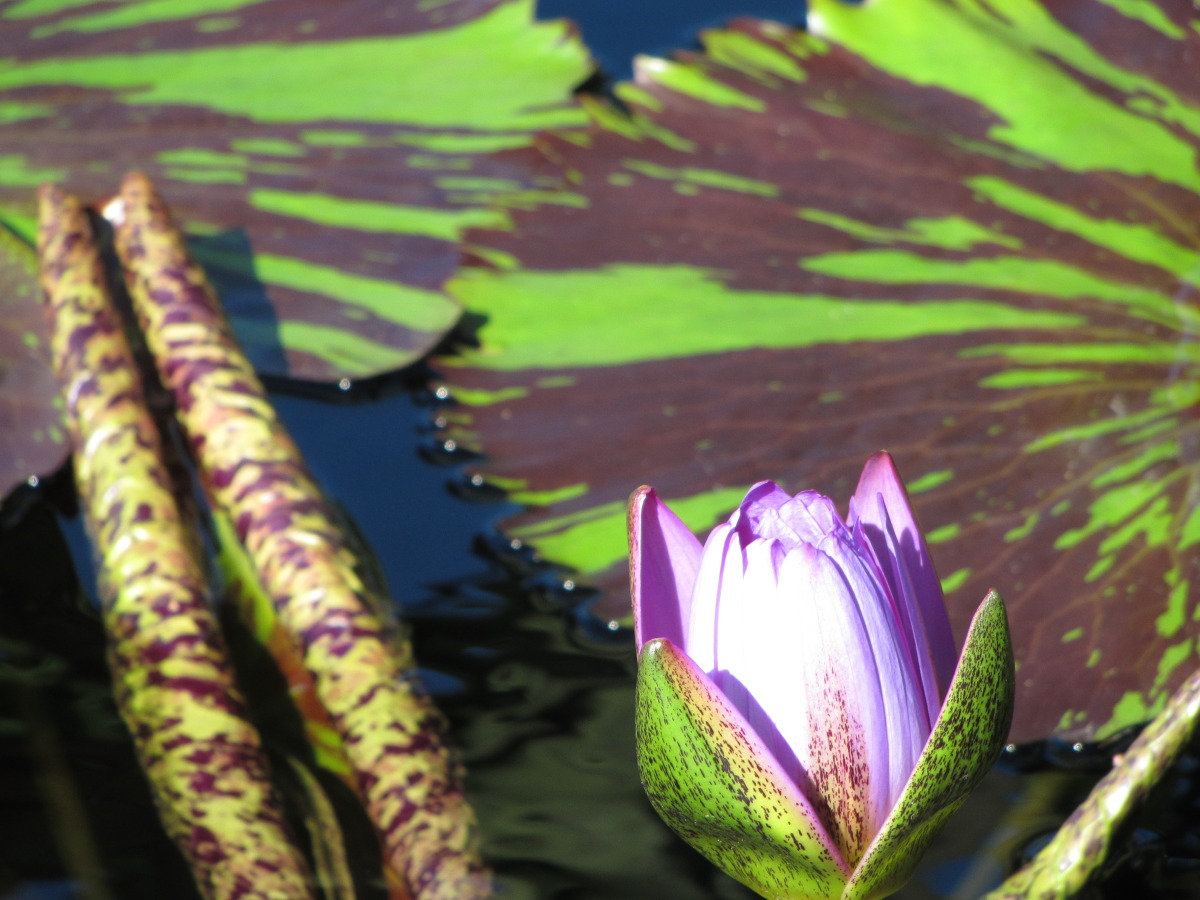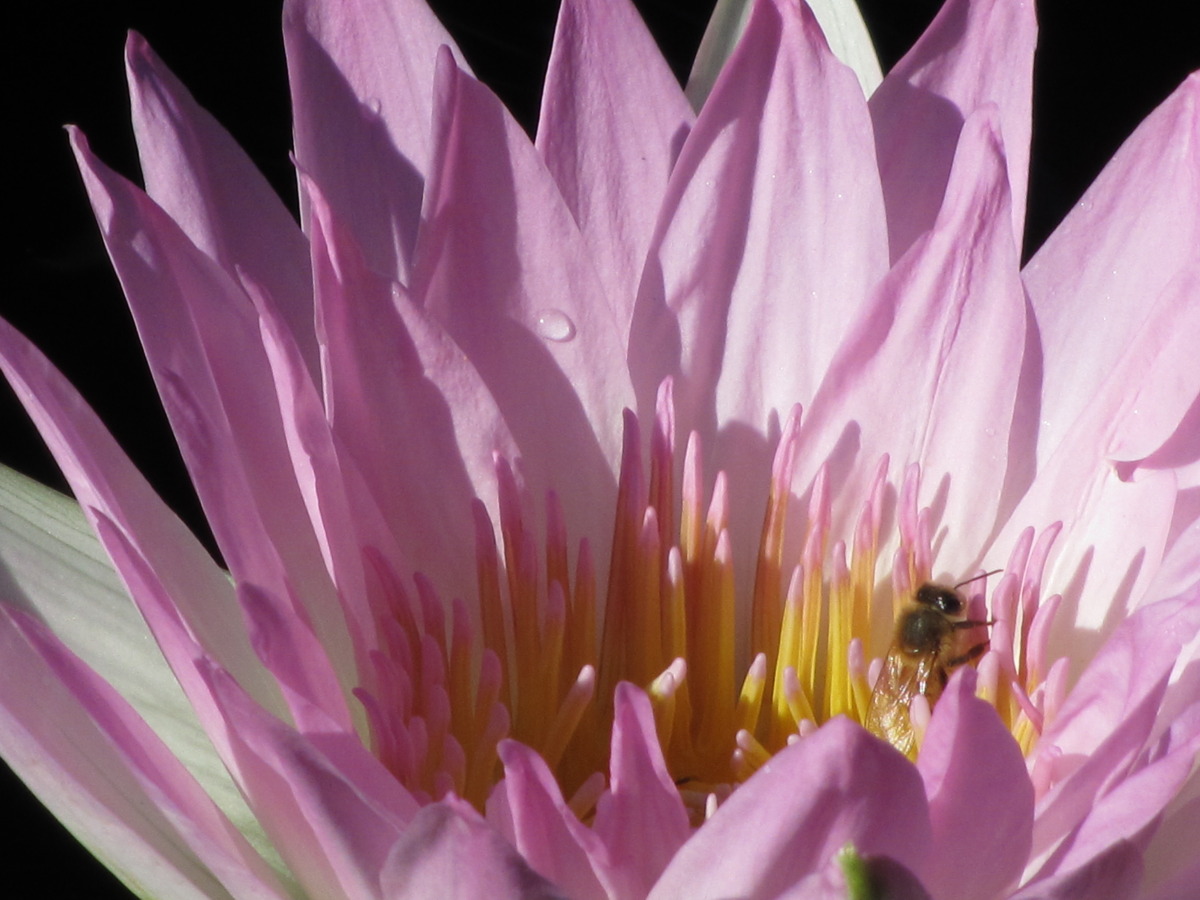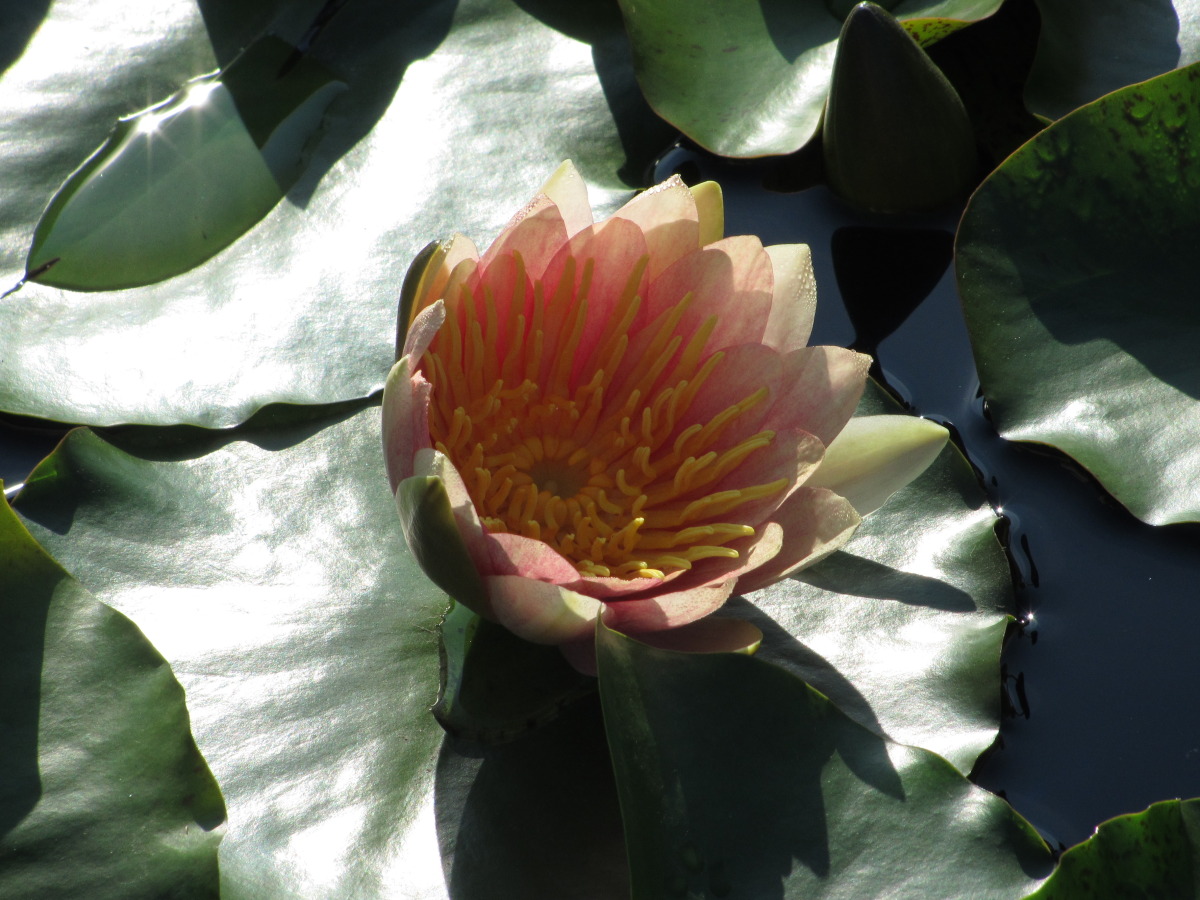Road Trip in December - Arizona
/Arizona in December can be cold. It may warm up in the afternoon or the chill can linger. I was only in the southeast quadrant of the state (Tucson) but it certainly lived up to my expectations: beatuiful blue skies or interesting cloud formations, pre-historic rock art, cactus,and birds.
The pictures below show a rocky mountainside at the rest stop about an hour east of Tucson (upper left), fluttering flags at the rest stop (upper right), the motif on the top of the building at a rest stop (lower right) and a very cold bird at the Arizona-Sonora Desert Museum.

The pictures below show a grouping of cactus on the left (including saguaro that were the topic of a previous post), a spiral etched into a rock on the upper right and an open milkweed pod on the lower right (lots of Monarch butterflies come through here on their way to wintering grounds in Mexico).

Some of the plants struggle with the lower temperatures. At Tohona Chul Park, there were syrofoam cups and paper bags over some of the organ pipe and young saguaro cactus to protect them from the lows at night.
This is my previous trip to Tucson was in August. Although I was not touring during that visit, the heat would certainly have encouraged only early morning excursions. In December, coats may be required in the morning; they can usually be shed in the afternoon.


